This week it is all about how we are doing……
A message from Gerard Macmahon, Executive Master, Wellington College Shanghai
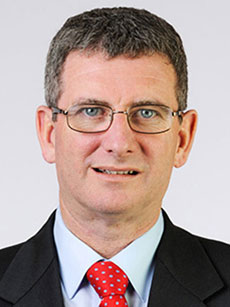
On Friday 15th March, we are going to have our third annual review from representatives of Wellington College in England. At our neighbouring school, Wellington College International Shanghai, the annual review team looks at the quality of teaching, the curriculum, the school culture and leadership, before making a report to the board of governors back at Wellington College. That is because our sister school in England has a formal role in ensuring the quality control of the Wellingtons in China. The relationship with Hiba Nursery is slightly different: we contract Wellington College to provide us with advice and support, but as an overseas group they are not permitted to have a direct role in governance. The review they will carry out at Hiba Nursery will be an external judgment of our progress so far, and the outcome will be advice on further improvement. They will make their judgments to the same standards and in all the same areas as they do at Wellington.
An important part of the annual review process is the nursery’s self-evaluation. Vanessa (supported by me and the rest of the leadership team) has made a judgment of the progress of Hiba Academy Shanghai. Her judgments are objective and modest: generally saying we are good with some elements of very good in the eight key areas of our work. Those modest judgments reflect our high expectations: we aim to be the best bilingual nursery, and we appreciate that we are not there just yet. I sure the external team from Wellington will be impressed and I look forward to hearing their feedback. Teachers assess and judge pupils all the time, there is always a balance between encouraging the pupil and setting targets (next steps) for further improvement. The best pupils learn to welcome constructive feedback because they have confidence in their qualities and a desire to improve. I hope the review team from Wellington College is impressed with how far we have come and gives us plenty of suggestions to help us to get stronger.
I look forward to sharing the outcome of the review with all our parents.
Pupil progress – what does that mean?
How do we know how a child is doing at Hiba Nursery? How do we know where they have been, where they are at and where they should be going, in terms of their journey through early years? How do we know if and when we may need to involve an external specialist to support a child to be the best version of themselves? Assessment in the early years is an intricate process of judgements based on observations and evidence against an evidence-based framework. The assessment of young children comes with its own language, systems and practice and is scrutinised at many levels to demonstrate rigour, reliability and validity. What’s more, useful and meaningful data produced throughout this process allows teaching teams to review the curriculum, the environment, particular areas of development, specific pupils needing additional support or intervention and most importantly, the impact of teaching and learning.
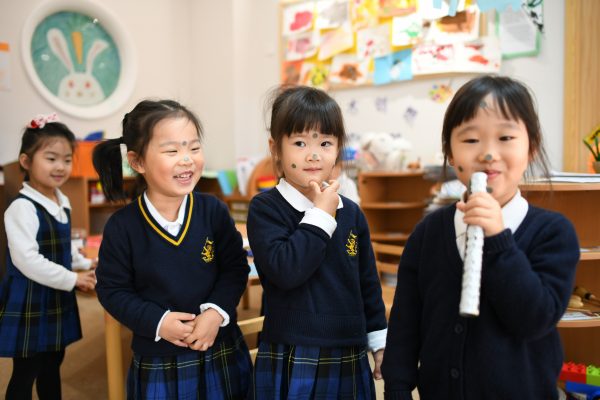
At Hiba Academy Shanghai we use our own academic framework, which was developed from the EYFS and the Chinese Curriculum 3-6 years. The framework outlines the usual developmental behaviours and skills that would be expected at each stage of a Hiba Nursery Education. These are based on child developmental ‘norms’, and as such, whether a child is in Shanghai, Sheffield or San Francisco, they are appropriate. The framework tells us, as practitioners what a child should be able to do. If they can’t, we then need to find out why and set up opportunities to allow them to develop. The framework for each year is divided into three prime and four specific areas of learning and development. These areas are further subdivided as outlined below:
Prime
- Personal, Social and Emotional Development
- Making relationships
- Self-confidence and self-awareness
- Managing feelings and behaviour
- Physical Development
- Moving and handling
- Health and self-care
- Communication & Language
- Listening and attention
- Understanding
- Speaking
Specific
- Mathematics
- Numbers
- Shape, space and measure
- Literacy
- Understanding the World
- People and communities
- The world
- Technology
- Expressive Arts & Design
- Exploring and using media and materials
- Being imaginative
For each of the above areas, there are a number of statements (key development indicators) relating to a child’s expected development at each stage of their Hiba Nursery education from EY1, through EY2 and EY3 and towards the end EY4 ready for transition to school.
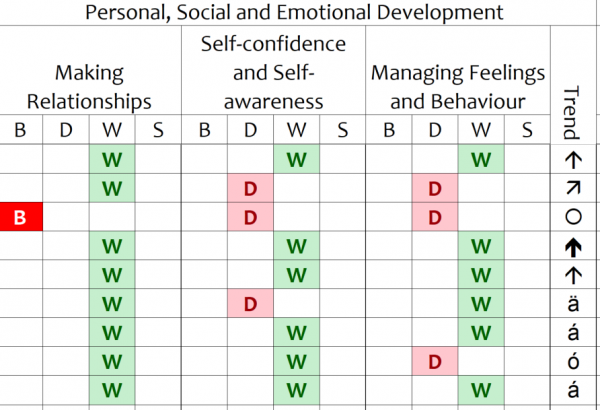
Throughout the nursery day, as adults interact with children, they are constantly making judgements about a child in each area. This process is neither explicit nor external, rather an internal and implicit judgement based on observations made; a child’s behaviour, a child’s interactions with others, a child’s interaction with the environment, a child’s ability to undertake a task, talk with others, tell the teacher about what they’re doing, demonstrate a skill……hundreds of subtle observations made every single hour of the day. In addition to continuous observations, specific and planned learning opportunities are presented to the children and the outcomes of these documented, supporting judgements further. To further validate judgements and planned next steps, evidence is also gathered through Tapestry in EY1 and 2, and evidence books in EY3 & 4. Every piece of evidence for every child in each area of learning and development supports the teaching teams to make a judgement about where a child sits, in terms of their own personal development. Moreover, it helps the teaching teams to consider ‘where next?’
To allow for comparison and analysis, judgements are recorded in a system that can map pupil progress at each reporting cycle. Moreover, at any time, we can calculate the percentage of pupils who are below, at or above expected levels of development throughout the year. The terms that we use are:
- Below expected level (B)
- Developing at the expected level (D)
- Working within the expected level (W)
- Secure at the expected level (S)
- Exceeding the expected level (E)
At different times of the academic year, we have different expectations, and these are reported accordingly. Throughout the year, some children will be working within, or secure before others. Some children will be developing for longer than others. Some will be below expectations and others above. What is important is that support, stretch and challenge are provided at every opportunity to afford each child the chance to be the best version of themselves. This may not necessarily solely lie with the teaching team – quite often it is in partnership with parents. We would never expect a child in EY1 to be secure in managing EY1-related feelings and behaviour in September – they are two years old and they have just had a very life-changing event occur in their lives which they are yet to understand and accept as their new life. However, we would expect that generally, within developmental norms, an EY1 child would be secure in managing their EY1-related feelings and behaviour by the end of the year. If they are not, there would be an identified narrative that runs alongside the data. Whilst we monitor and record continuously, we produce data reports in September, December, March and May. This data is presented to members of the Board of Governors through the Academic Subcommittee meetings and is used internally as a point of reflection on our next steps as a team and in the aim of continually meeting our vision in ensuring that Hiba Academy Shanghai is a leading and inspirational Early Years’ education provider affording every child the opportunity of growth and fulfilment.
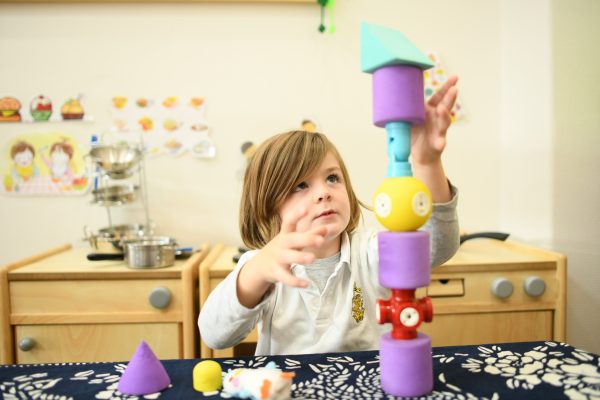
*A repeated refrain refers to words which are repeated consistently throughout a story. For example, ‘Brown bear, brown bear what do you see’? These words are the repeated consistently, whereas the answer changes throughout the book. In a song, it would be the chorus – whilst the words in the verses would change, the chorus remains the same.
Friends of Hiba – Charity launch
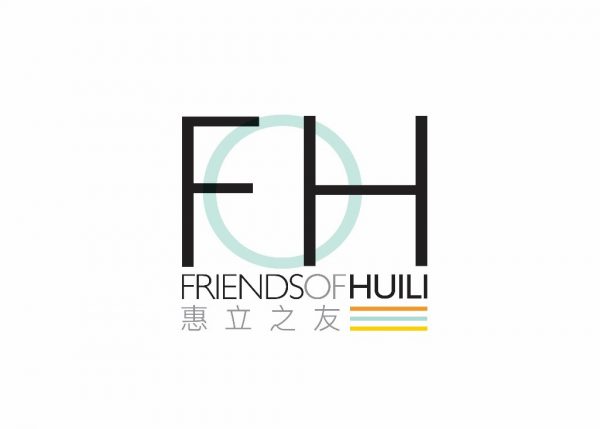
On Wednesday 20
th March, Friends of Hiba invite the nursery community to hear from three amazing charities, each of which are contributing to the world in very different ways:
- Flying Ants – a charity focusing on clothing recycling and re-use
- Rendu Ocean – a charity determined to make a cleaner world
- Sunshine Library – a charity promoting library services to those in need
Please join FoH at 09:00 in the multi media room to find out more about the initiatives on offer and how we, at the nursery, can get involved in making a change to this wonderful planet we call home!





